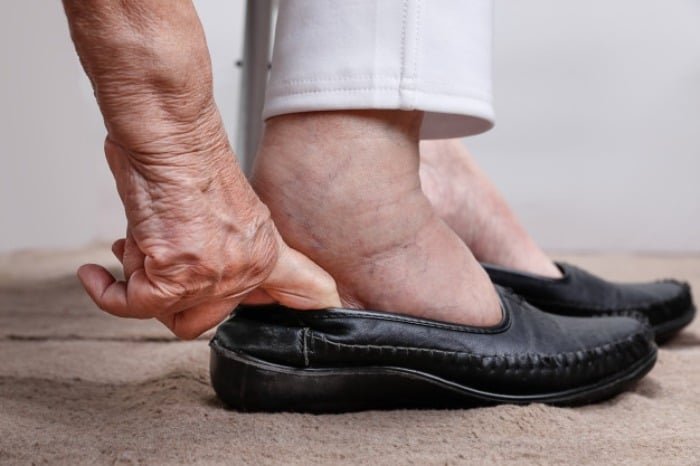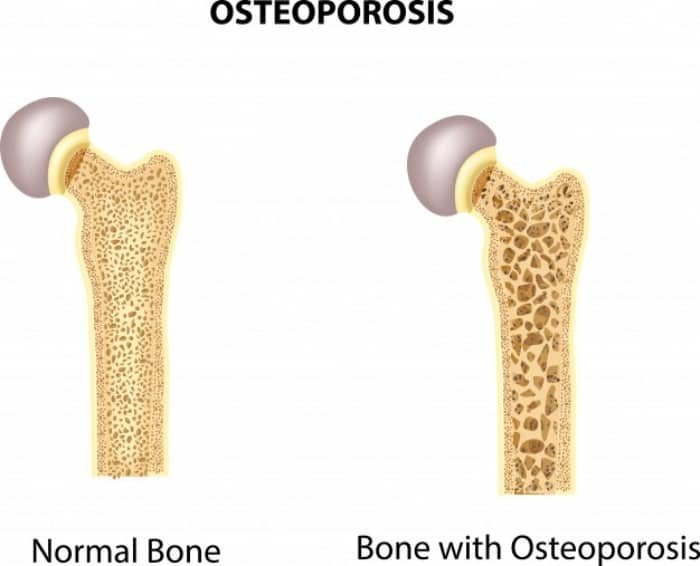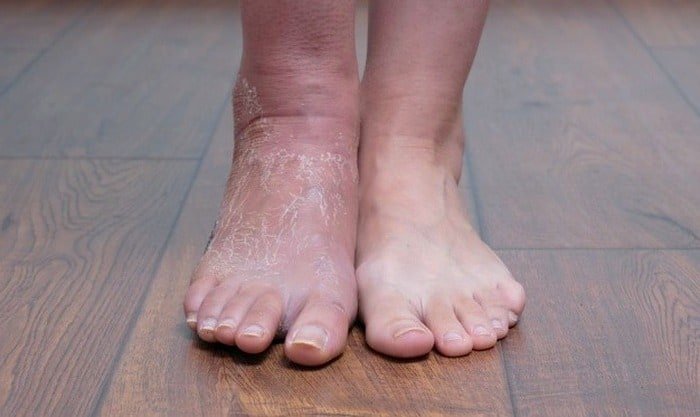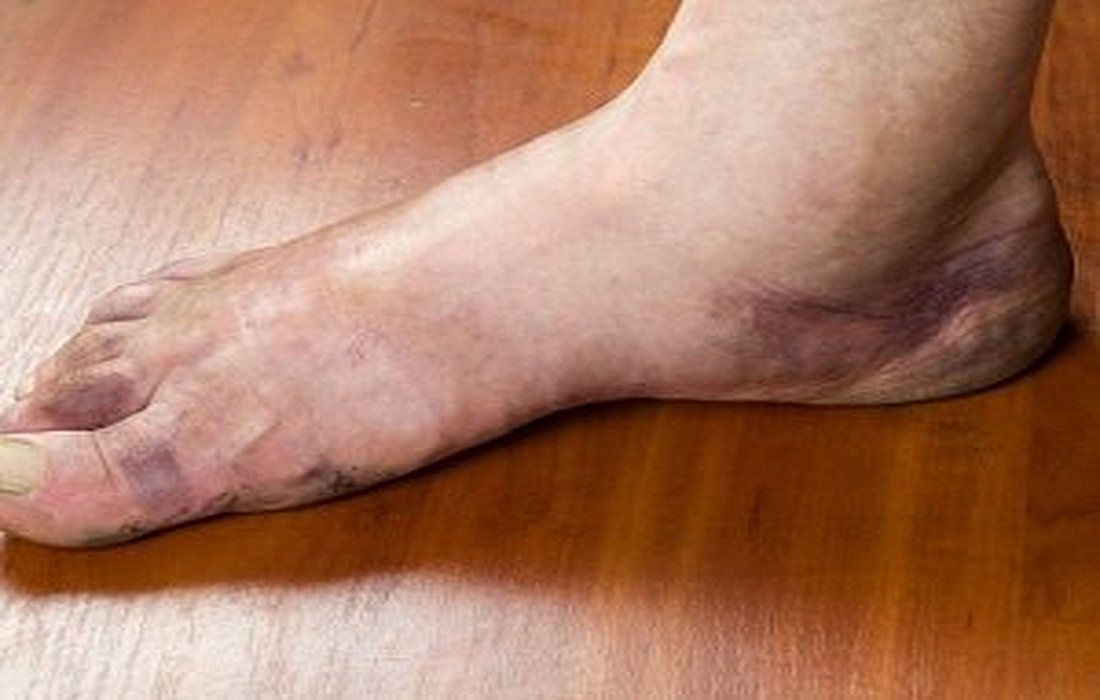An examination of important medical reasons for swelling in the legs
When people experience swollen legs, they often can’t explain the reasons. Swelling can result from various factors like pregnancy, injuries, or even your job, leading to swelling in your legs. Unfortunately, many people experience leg swelling without other issues such asPregnancyinjuries, or even specific jobs.
In such cases, it can be said that there are other reasons for swelling in the legs. Sometimes, leg swelling can indicate a more serious problem. If this swelling appears only in your legs without affecting other parts of your body, it could signal an underlying issue that we will discuss in this health and wellness section of SelMagz.SelMagzWe will introduce these issues to you.

1. Blood Clot in the Vein
A blood clot can occur in certain areas of the body, usually in the legs. This clot can cause pain and swelling in the legs and could sometimes be quite serious. The clot may travel through the body, reach the lungs, and cause a pulmonary embolism; this is a serious condition that requires medical attention, and emergency services should be notified.
2.Osteoporosis
Osteoporosis is a common issue that increases with age, affecting the bones around the ankle and causing pain, burning, stiffness, and swelling. These individuals often struggle with walking and bearing their weight.

3. Achilles Tendon Inflammation
Inflammation of the Achilles tendon causes pain in the heel and back of the foot. In addition to pain and stiffness, it is a cause of swelling in this area, which usually occurs in one leg. This condition tends to worsen after exercise.
4. Heart Failure
Symptoms of heart failure often present as leg swelling due to fluid retention. This condition is called edema, and the fluid buildup causes swelling in the legs.

5. Lymphedema
Lymphedema relates to swelling in the arms and legs. Common symptoms include pain, discomfort, infection, stiffness, and heaviness, with swelling often extending to the toes.
6.Cellulitis
Cellulitis is a type of skin infection that affects underlying tissues, causing swelling, redness, and skin irritation. The infected area may feel hot to the touch, and cellulitis can occur anywhere on the body, frequently affecting the lower legs.

7.Gout
Gout is one of the most painful forms of arthritis, occurring when excess uric acid builds up in the body. Many people see symptoms of gout in their toes, but it can also affect the ankle, heel, knee, wrists, fingers, and elbows. Common symptoms of gout include pain, redness, stiffness, warmth, and swelling.8.Bursitis
Bursitis is a condition that involves fluid around the bones, tendons, and muscles in the shoulder, elbow, and legs. In this situation, an individual’s joints usually become stiff and painful, appearing red and swollen. Motion often leads to discomfort for the person.Leg SwellingReasons for Leg Swelling
Osteoporosis







